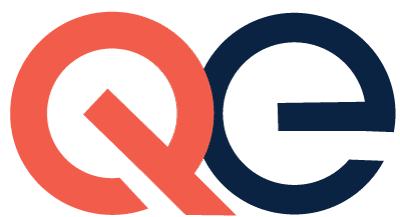Disability and Workforce Development Service Providers Can Be Key Allies to Employers
Service providers can become key allies to employers who want to develop a disability inclusive workforce. They can:
- Educate businesses on the benefits of a disability-inclusive workforce
- Identify and directly connect employers with qualified job seekers with disabilities
- Provide ongoing supports to ensure the success of people with disabilities once on the job
The Dual Customer Approach
Demonstrating to employers the benefits of partnering with service providers is not always easy. The key is to broaden the definition of who is being served, while respecting and responding to both the business’s needs and those of job seekers with disabilities.
Service providers must understand that they actually have two customers: individuals with disabilities and employers. This is called a “dual customer approach”.
Partnering with Businesses to Advance Disability Employment: A Guide for Community-Based Organizations and Workforce Development Professionals
This guide helps disability and workforce development service providers work with employers to support employment of people with disabilities. It provides information and case study examples on:
- Meeting business needs
- Developing partnerships
- Communicating with businesses
- Leveraging business motivations
- Sustaining business relationships
Tremendous Opportunities for Advancing Disability Employment
With the right information and strategies, service providers can establish and sustain relationships with businesses, expand employment opportunities for people with disabilities, and become a vital resource for their partners. EARN has a variety of resources that can help to create and sustain these partnerships. We encourage you to share these resources with the businesses with which you work to help them recruit, hire, retain, and advance employees with disabilities.

